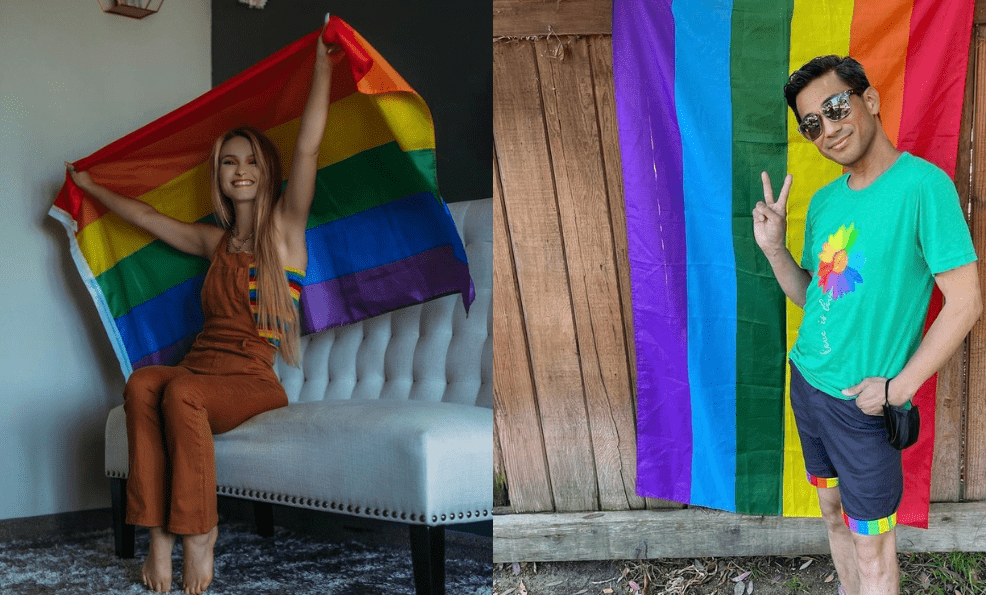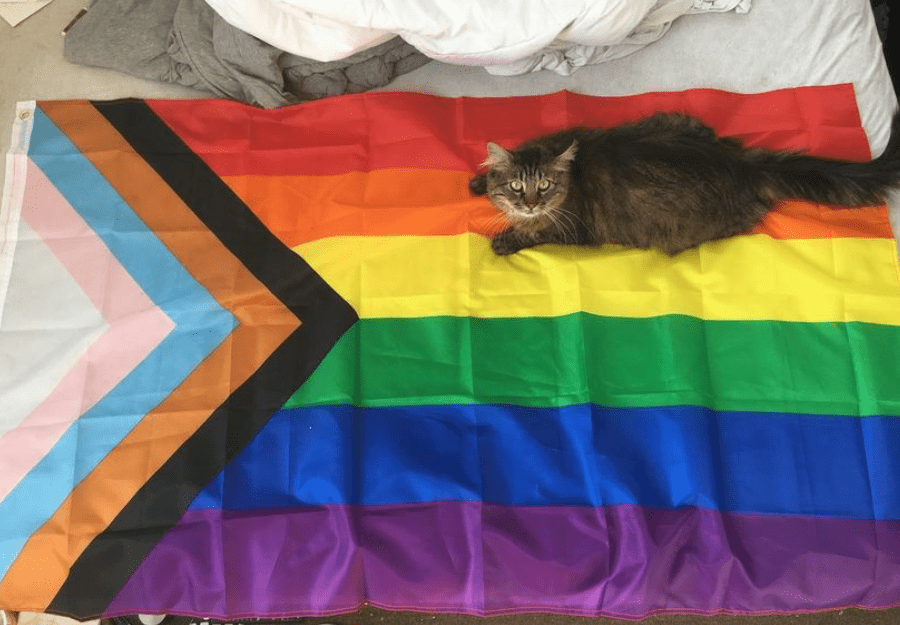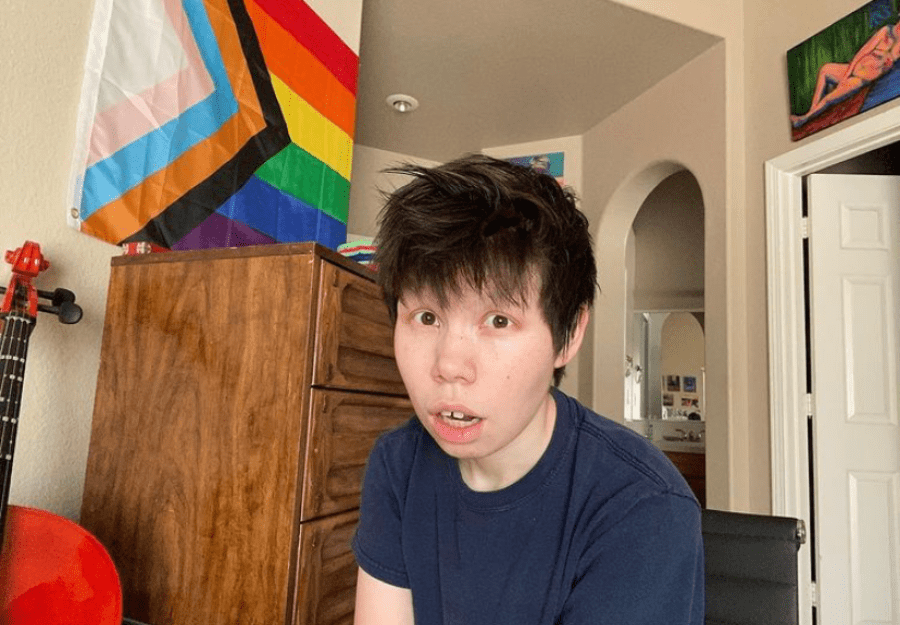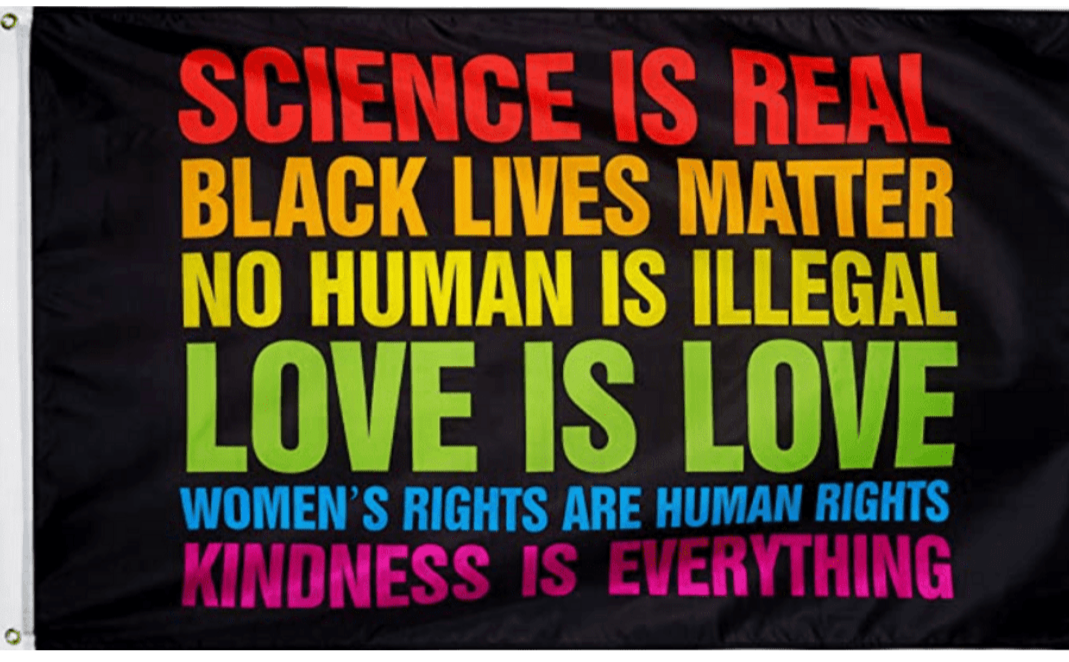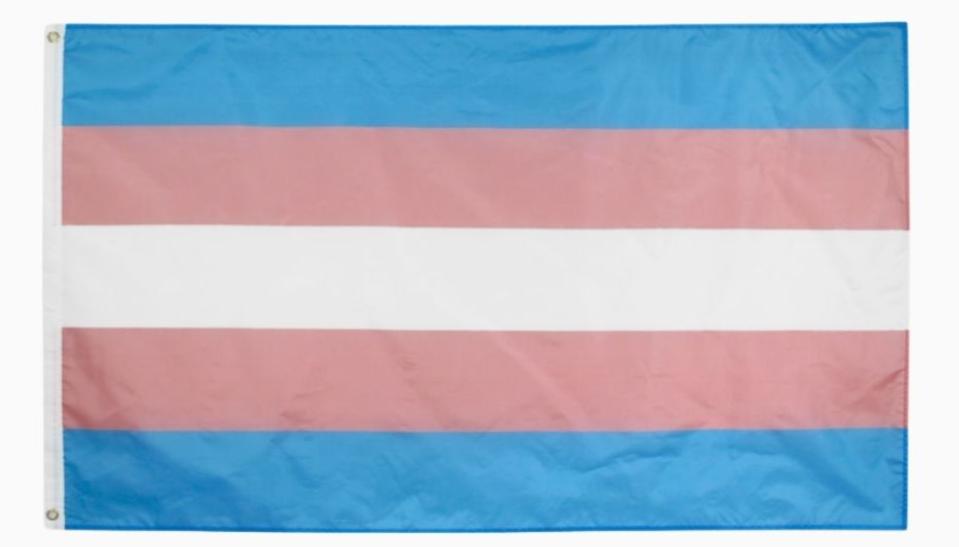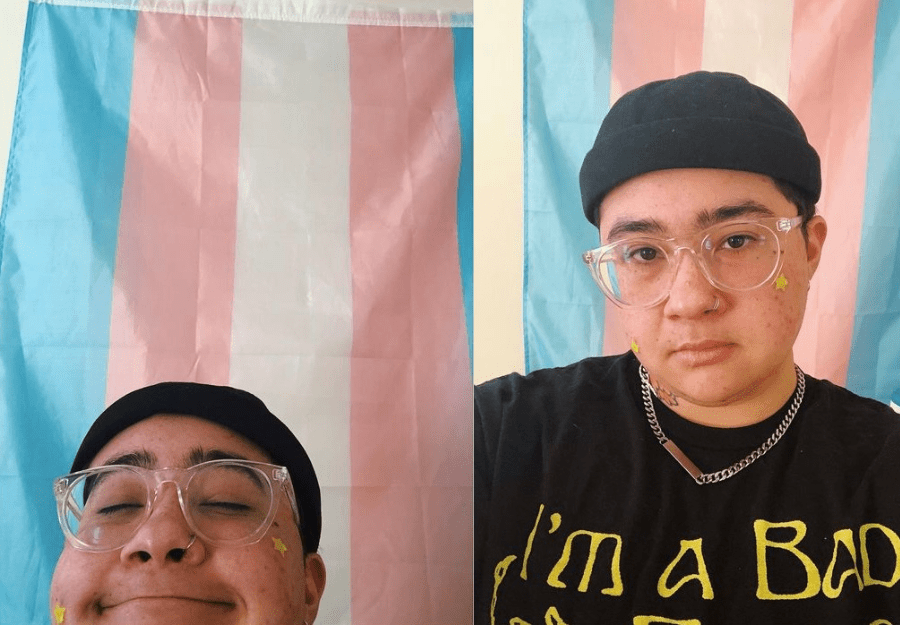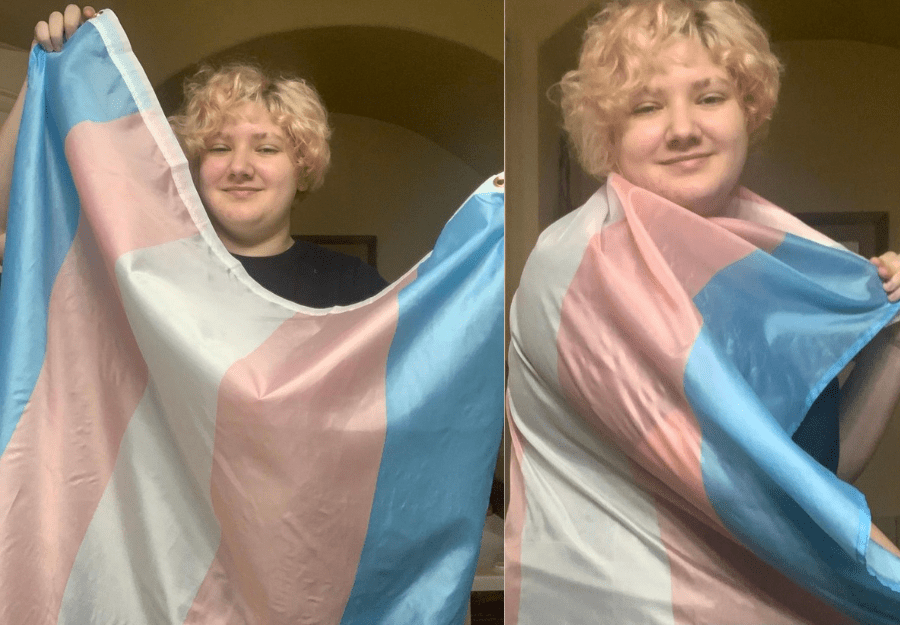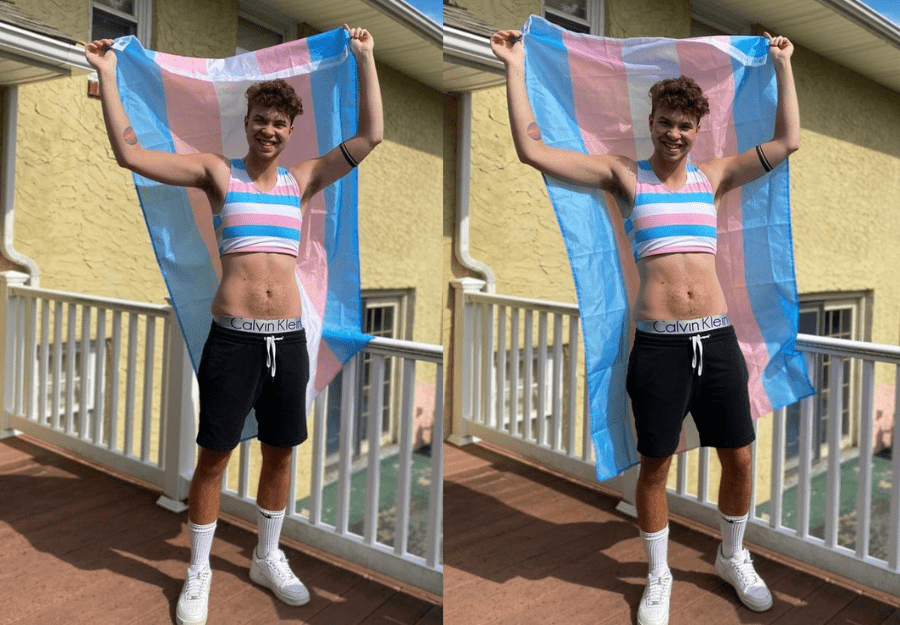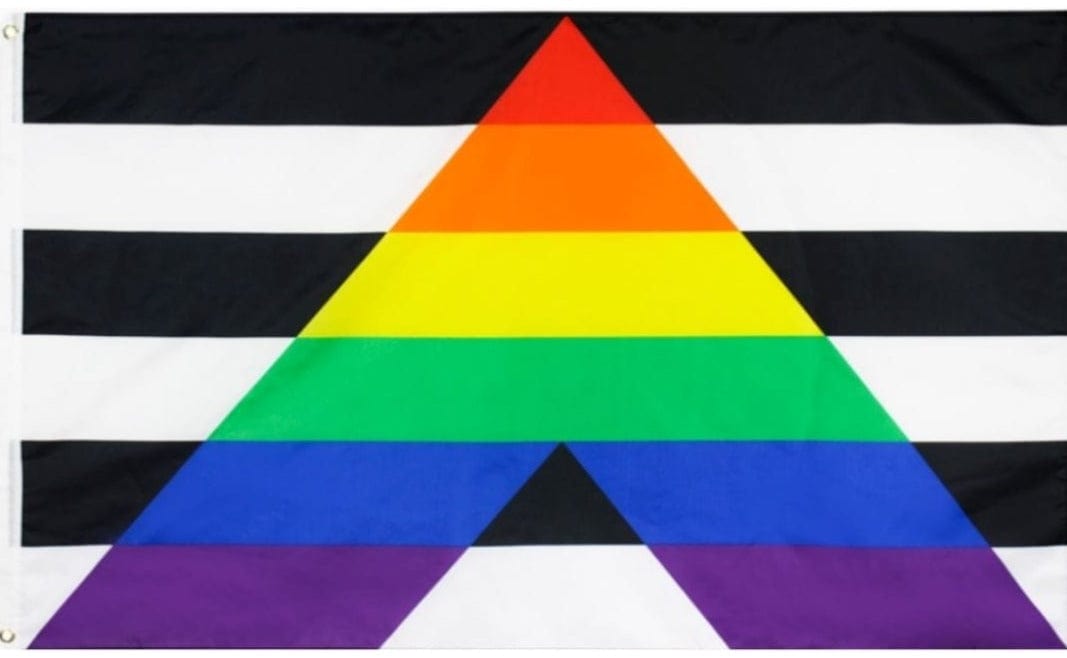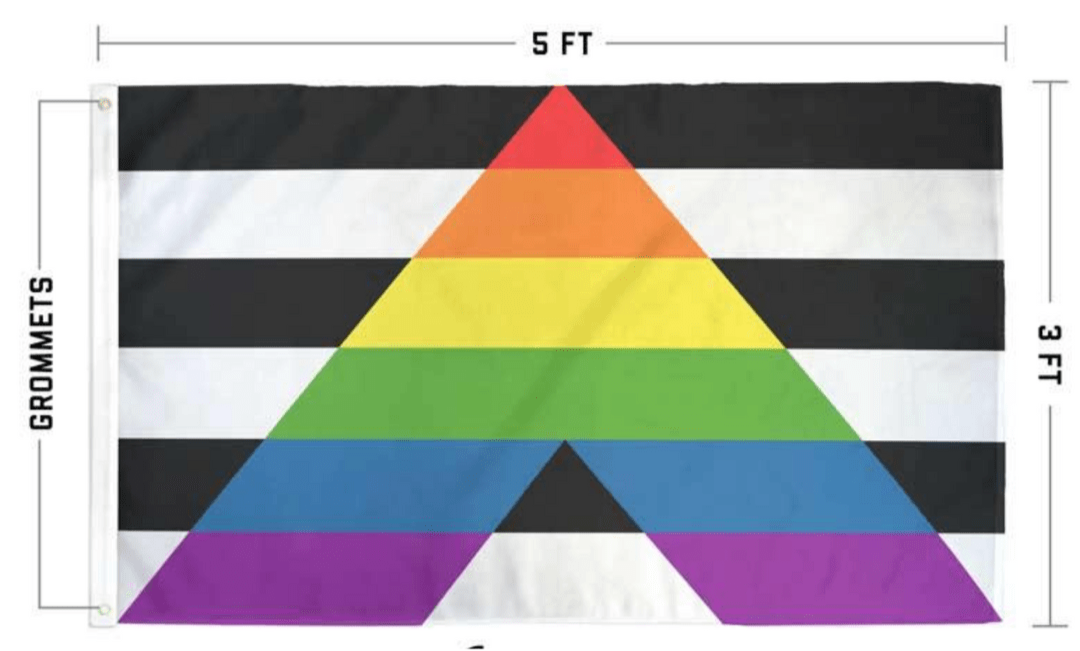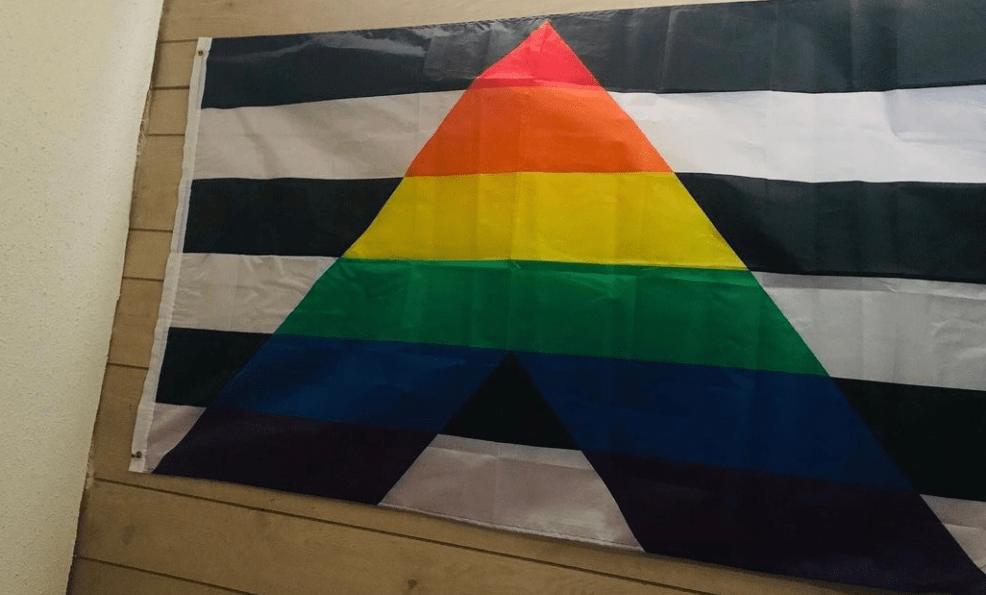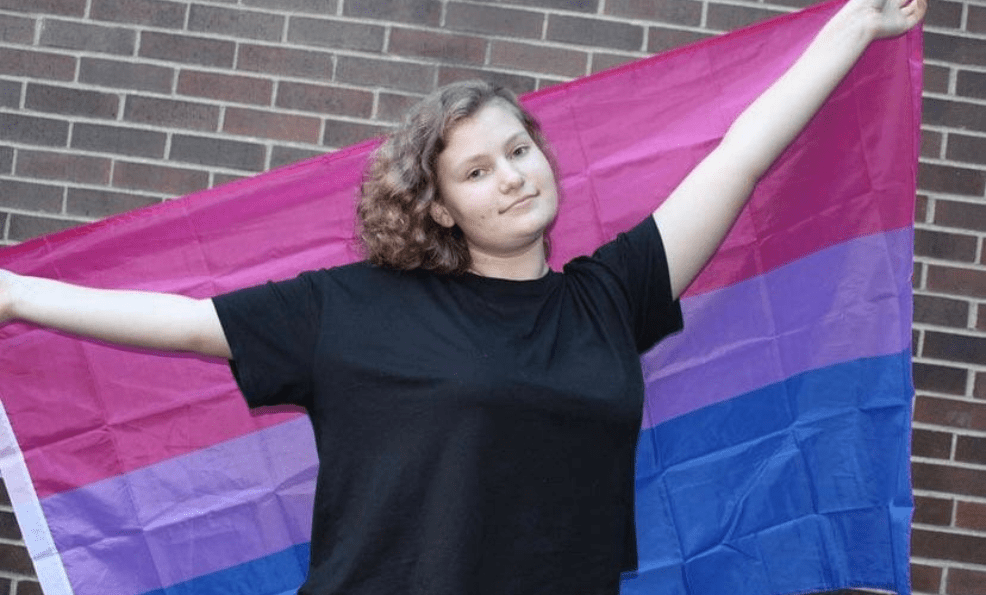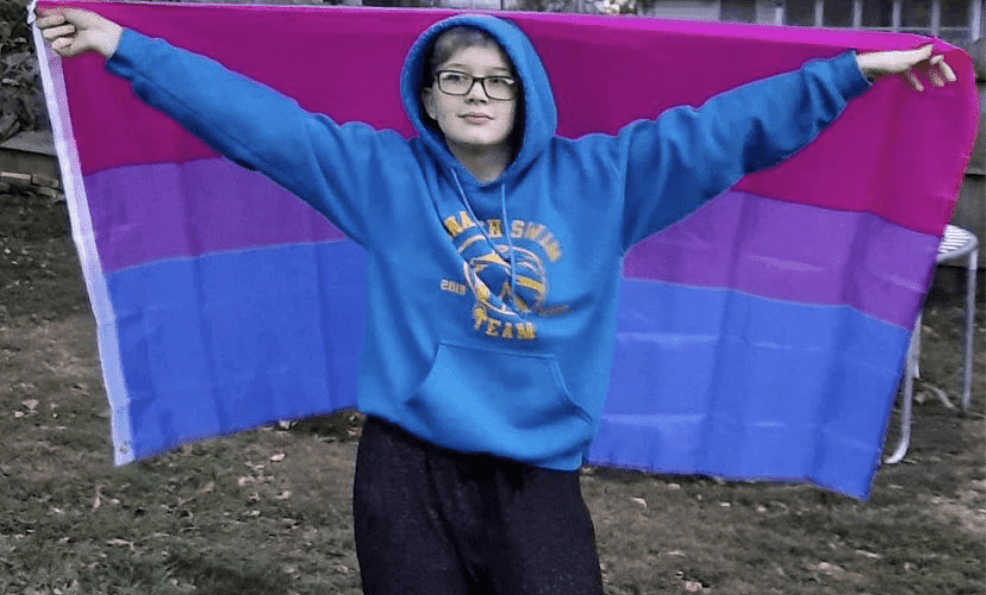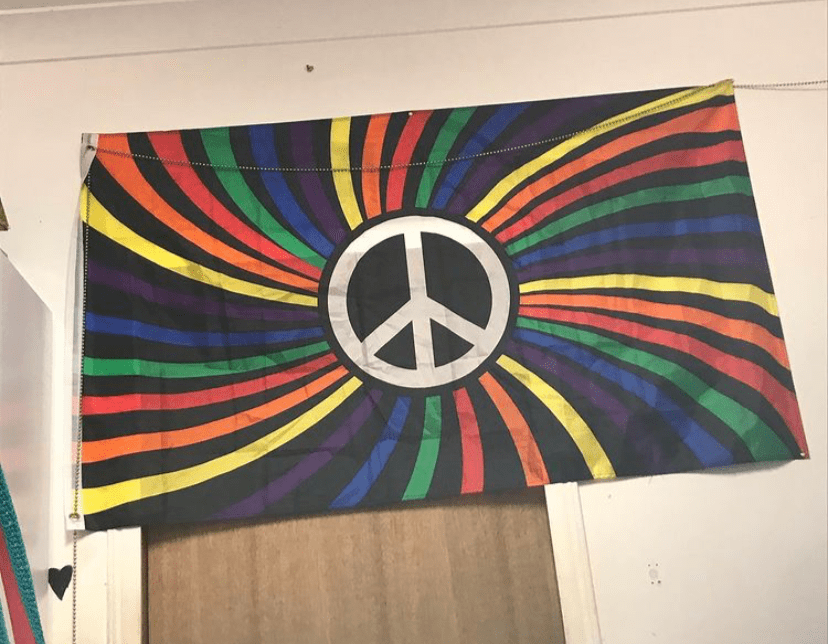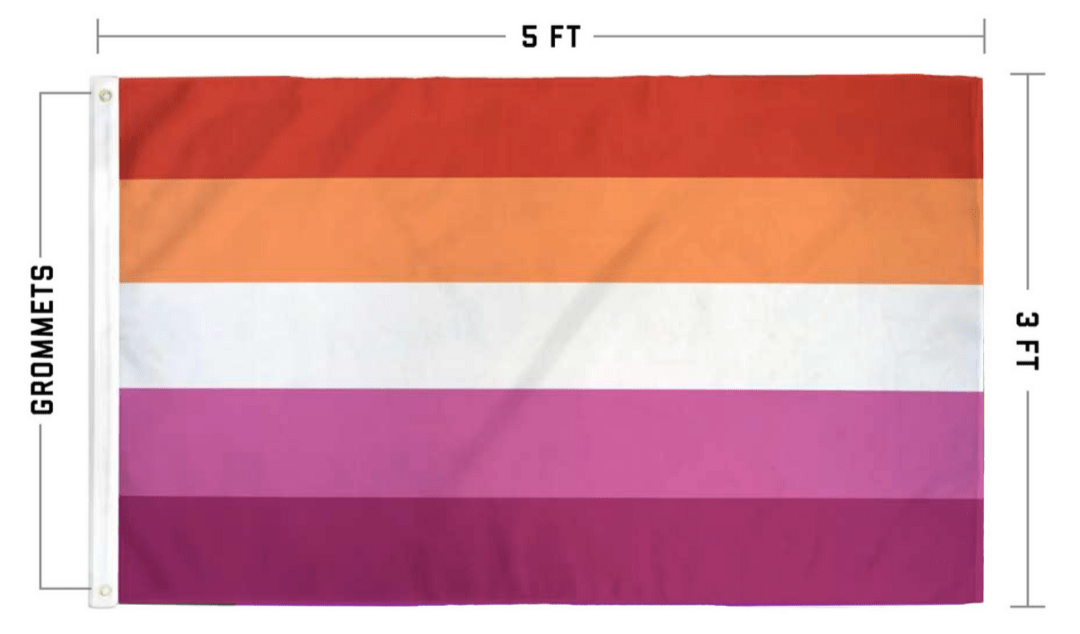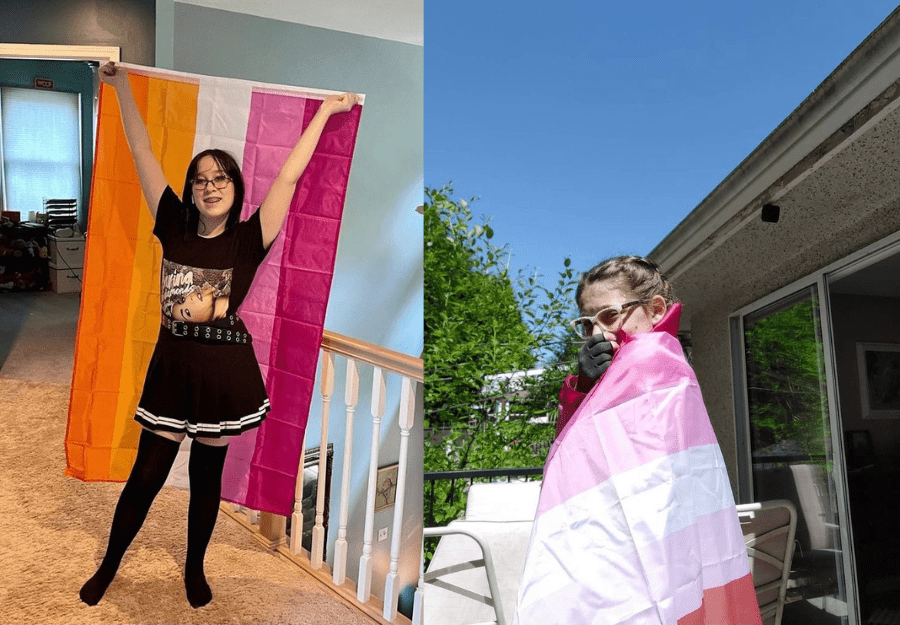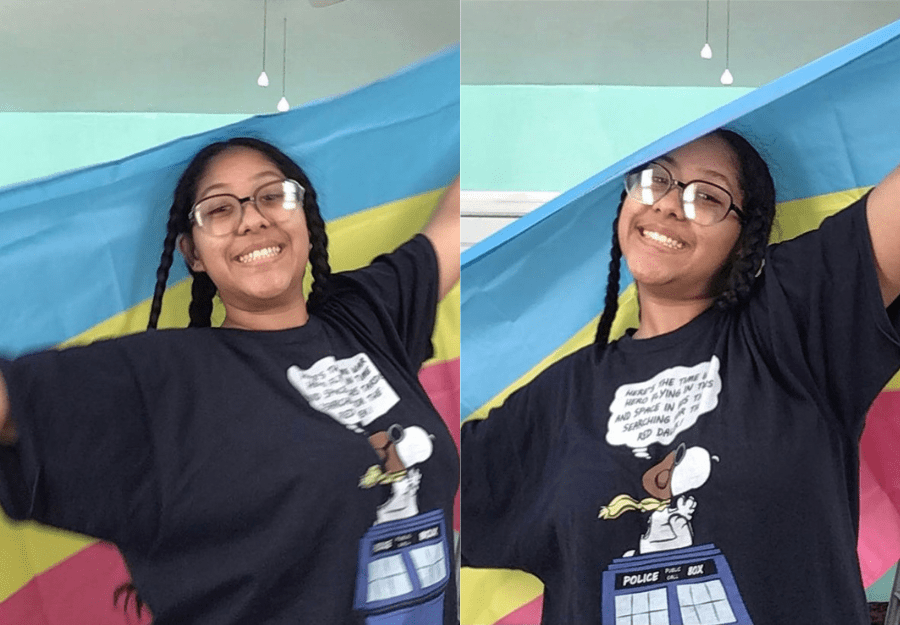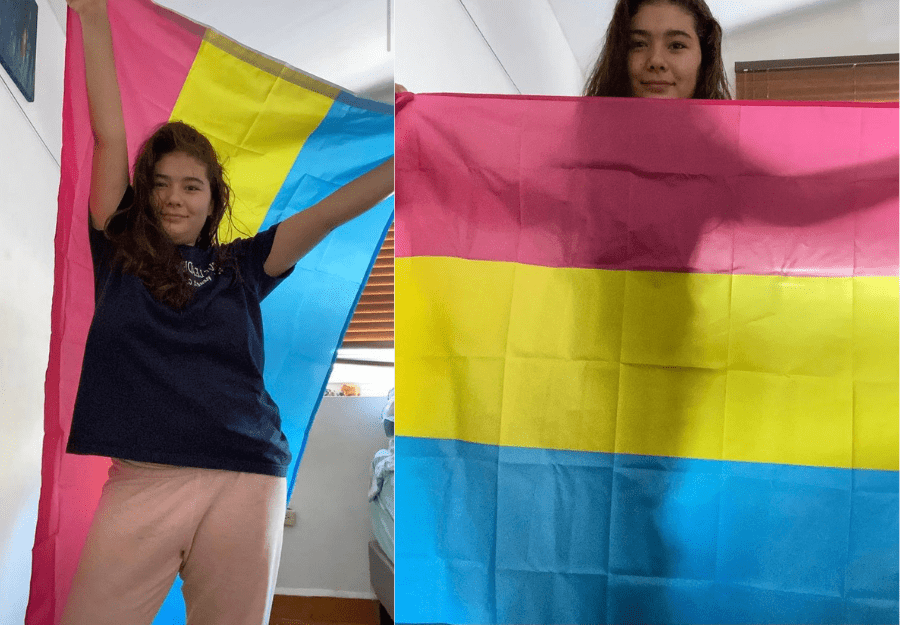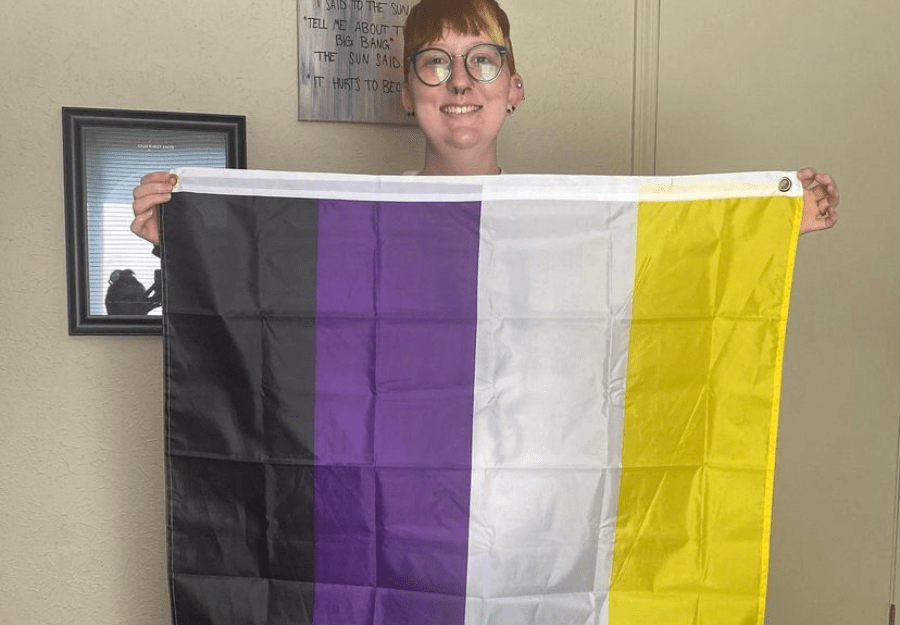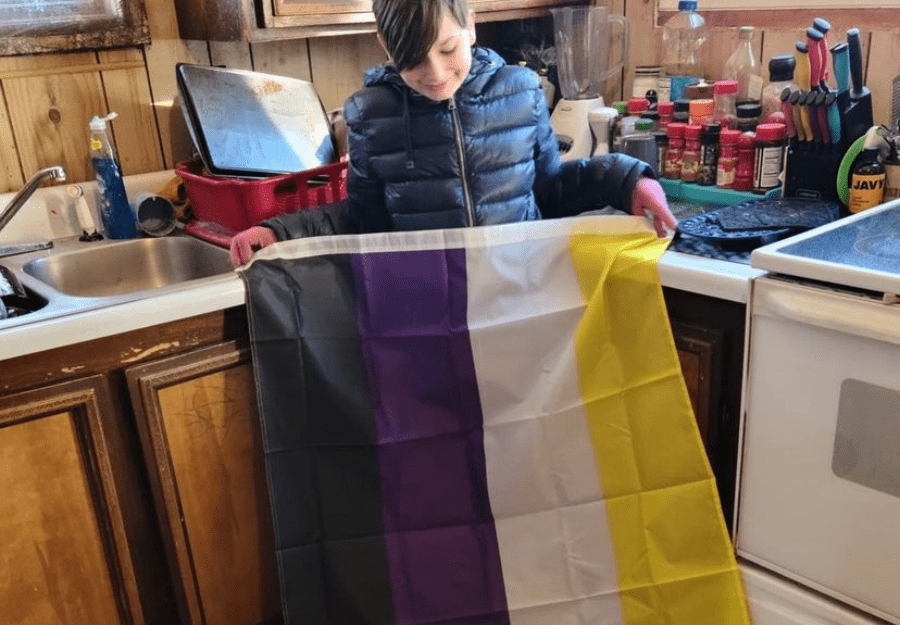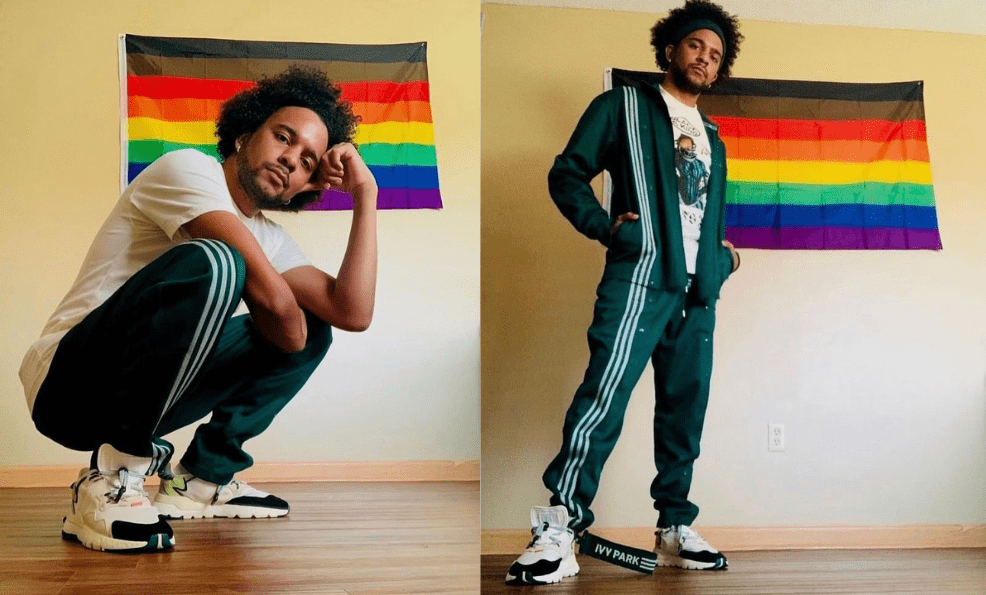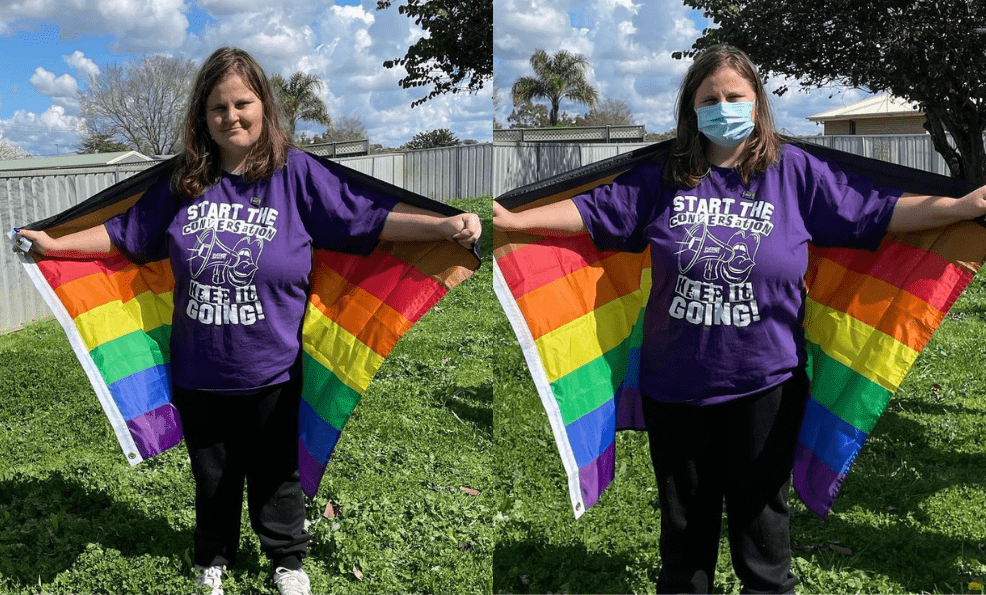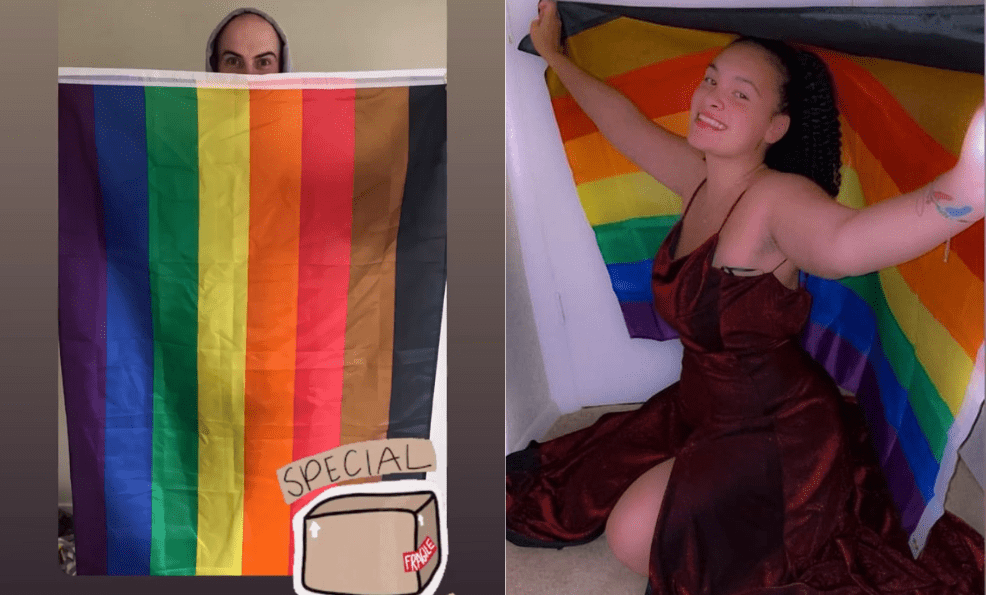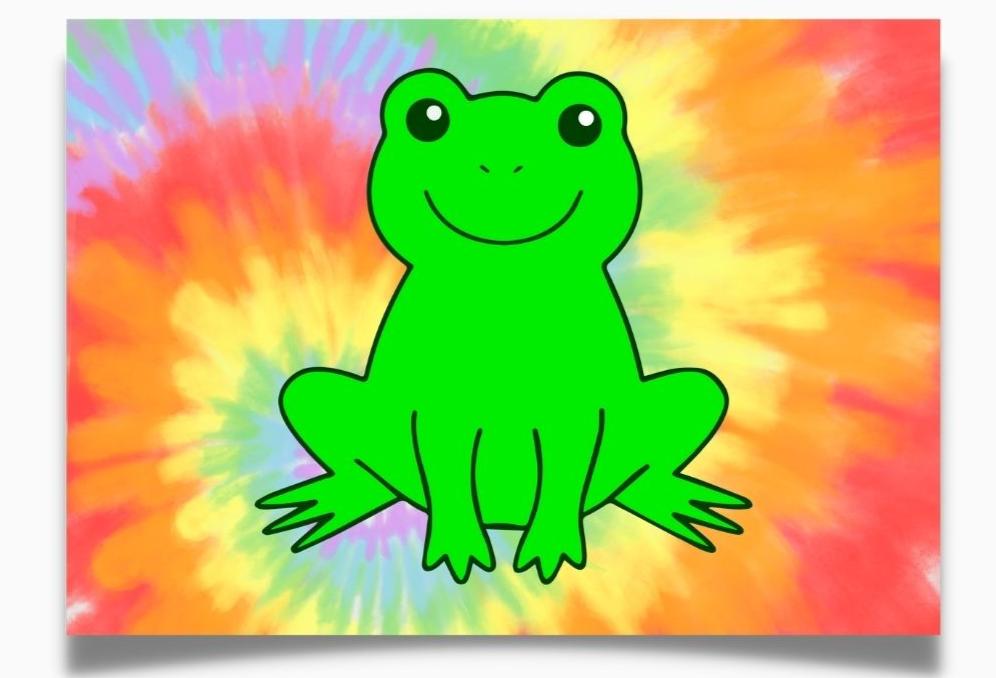What is Asexuality?
Asexuality is an umbrella term for many sexual orientations that have sexual attraction at different intensities. Many misunderstand what asexuality means. In a nutshell, people who identify as asexual experience little to no sexual attraction. Experiences vary across the asexual spectrum (or A-Spec), but there are some common characteristics.
Asexual people may not experience sexual attraction, but they can develop other types of attraction. A few examples of other types that we all may experience are romantic, platonic, and emotional attraction.
Some asexual folks that are not aware of the ace community have reported feeling like something was wrong with their bodies - they do not experience these sexual feelings even if they want to. Sex and romance stereotypes are among the most common themes portrayed by media and culture. It is not until later in life that some ace folks embrace their sexual identity.
What are the Asexual Colors and Flag?
The asexual flag has four horizontal stripes and includes grey, white, black, and purple. It is quite a majestic color scheme.
The gradient of black, grey, and white was based on the AVEN triangle and symbolizes the concept of the asexual spectrum. the black is for asexuals, grey for greyasexuals, demisexuals, and other ace-spec people, and white represents allosexuals. Purple represents the community and was likely chosen because AVEN has a purple color scheme.

The Difference Between Sexual Behavior, Sexual Identity and Sexual Attraction
Sexual attraction is a social concept that can be traced on a chemical level, while sexual behavior is based on the sexual choices we make. One is a choice, while the other is not. Sexual identity or orientation depends on whether or not sexual attraction is physically present on a chemical level.
For example, a person might find someone sexually attractive but choose not to have sex with them — that is a conscious choice and falls under “sexual behavior”. Some folks lack the ability to develop sexual attraction but, at times, choose to have sexual relations regardless. This is a situation that is true for some asexuals for a variety of reasons.
It is also important to note that sexual attraction differs from romantic attraction. Asexual people can feel a desire for romance and romantic relationships, and aromantics can develop sexual attachments. Let's learn more about their differences.

Asexual vs Aromantic: Know the Differences
Asexual refers to people who lack sexual attraction for others, while aromantic are those who do not develop a romantic attraction. These two terms are not exclusive!
Aromantics may develop sexual attachments, and asexual folks may develop romantic feelings. Though there are aromantic asexuals, the misconception is that it applies to all a-spec individuals, which is simply not true.
A-Spec: Identities in the Asexual Spectrum
A-spec refers to people who identify under the asexual umbrella. This community refers to people who are capable of sexual attraction as "allosexuals."
There are multiple sexual orientations within this term. Some are capable of feeling some extent of sexual attraction under very strict circumstances. This is true for demisexual individuals. The key difference is that demisexuals can only develop sexual attraction under very specific emotional circumstances; otherwise, they lack sexual attraction. Not all demisexuals identify as asexual, but some do.
Another orientation is greysexual, which many consider being between sexuality and asexuality. Many greysexuals report feeling little to no attraction, but under specific circumstances, they can feel it very intensely. Many people across the spectrum change their sexual identity - some days, they might identify as asexual. Then later, they may change and identify as bisexual. This holds even for heterosexual folks.
Every asexual experience is unique and nuanced. Sexual identity is not a "phase" and can constantly be in flux. There is no “typical” standard, and these changes are completely normal. Many are quick to label or assume what these individuals undergo, and these assumptions give rise to harmful misconceptions. Let's shed some light on some of them.
Common Misconceptions about Asexual Individuals
There are quite a few misunderstandings out there that surround the asexual community. Let's dive in a bit deeper to clarify two points.
-
Asexual does not mean aromantic. As we have mentioned, romance and sexual attraction act independently. Someone who is aromantic is not necessarily asexual, and the opposite is true as well. However, aromantic asexuals do exist as well as other sexual orientations under the a-spec umbrella.
- Asexual folks do engage in sexual attachments. Most times, it may be to please their partner or to have kids. Other times, their libido needs to be satisfied, or they want to be sensually satisfied, with cuddles or physical touch typically associated with sex. You should never force anyone into sexual behaviors without their consent, regardless of their sexual orientation.
Their lack of sexual attraction is not a choice! It is not like celibacy or abstinence, which is a deliberate choice to abstain from having any form of sex.
This does not negate having a libido or sex drive. Wanting sexual pleasure does not always involve another person — some asexuals may want to feel a sexual release. They just do not find people sexually attractive. There are plenty of allosexual people who have low libidos and weakly want sex — but the crucial difference is they do find people sexually attractive.
Some people may be intensely sexually attracted to people often, and others may never feel sexually attracted ever! People who identify as asexual do not need to be "fixed," despite many assumptions of how people “should” feel. Rather, we all have a responsibility to educate ourselves about their differences and embrace them as the norm.
A big assumption is that asexuality is the result of trauma or mental illness. These do not have a causal relationship. Framing their identity as a “mental illness” invalidates their experience and even stigmatizes traumatic experiences. In addition, there is no scientific cause for homosexuality. It is not a genetic defect — the LGBTQIA+ rainbow is beautiful and a shining example of human diversity.
Lastly, a quick way to invalidate the asexual experience is declaring that they just have not met the right person yet. Everyone has their own image of what love and a healthy relationship looks like — this implies that asexual folx are unhappy or missing out on loving relationships. But there are many ways to demonstrate love.

Types of Asexual Relationships
Asexuals experience other types of attachments besides sexual. Here are some examples:
- Romantic: Feeling attachments that focus on romance
- Emotional: A strong personal connection
- Aesthetic: Attraction based on how someone looks
- Platonic: A connection based on friendship
- Sensual: Feeling the desire to be touched and held
Asexual folks can feel all or a combination of these, just like allosexuals can. However, some asexual individuals may prefer non-romantic relationships. A common arrangement is called a queerplatonic partnership, or QPP. People of any sexual orientation can choose to be in this form of committed relationships, but the a-spec community coined the term “queerplatonic”.
How You Can Support the Asexual Community
When it comes to being an ally to the gay community, it is important to listen and allow asexual folks to share their experiences. Opening up the discussion to include this group of people validates their identities and propels the “norm” forward. If you feel like any part of this article applied to you, you can take online quizzes to help find some answers.
Key Takeaways
The asexual experience requires more exposure. The misconceptions and assumptions of how people experience sex and love prove harmful to a whole community of people. Asexual people can be in loving, healthy, sexually active relationships, and every experience is unique. There are multiple ways of showing commitment that exist outside the traditional sexual and romantic spheres.
Sources:
https://www.healthline.com/health/what-is-asexual
https://www.thetrevorproject.org/trvr_support_center/asexual/







